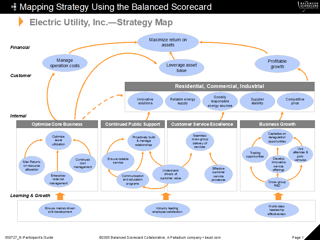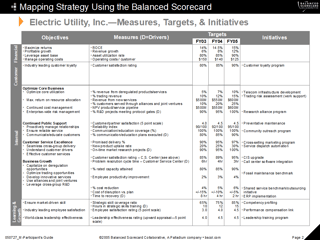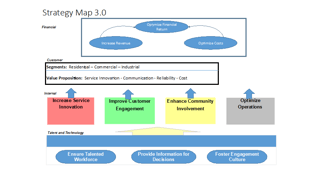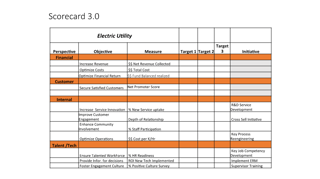The upcoming blog series will include step by step suggestions for BSC development, implementation, and execution taken from the article, “The Balanced Scorecard Refresh – Lessons from 20+ Years in the Field,” authored by Mario Bognanno, Ryan Englund, and Randy Russell.
How many of you out there have tried to implement the balanced scorecard (BSC) only to find that it’s too cumbersome to develop and manage? Guess what… you are not alone! We’ve heard it, seen it, and experienced it right along with you.
The balanced scorecard was first introduced in 1992 in a Harvard Business Review article co-authored by Drs. Robert S. Kaplan and David P. Norton. Now, nearly 20+ years of field-testing, research, and synthesis, Bognanno, Englund and Russell offer key insights around the evolution of BSC implementation. The esteemed strategy practioners have a history of working for Kaplan and Norton; are certified trainers in the Kaplan and Norton Balanced Scorecard (Execution Premium) Process; and have over 75+ years of collaborative of experience with clients both domestically and internationally.
In the early 2000’s Doctors Kaplan and Norton expanded their strategic guidance to include in-depth descriptions of the six stages of the strategy execution process. Although comprehensive, many organizations lost sight of what was minimally important to achieve breakthrough outcomes. The recommendations included in this blog series are intended to help practitioners build a sustainable strategy execution.
For starters, keep it simple. It was once said that “50 is nifty” meaning that a set of 50 measures, associated with a full complement of strategic objectives within a single balanced scorecard, was not considered to be too many. Following the first few years of field implementation, that number has revised downward and it was recommended that no more than 25 measures should be used to track about 15-17 strategic objectives in a single scorecard. During this middle period of field experience, it was said that “twenty is plenty.” Since then, the current recommended level of simplification is that no more than ten objectives and no more than 10-15 lag measures should be used for a single scorecard at the top of an organization. You might be thinking, what about lead measures? I promise we will get to that when we address cascading in a subsequent blog.
Figure 1. Example of A First-Generation Strategy Map and Balanced Scorecard


For now, here a few things to keep in mind as you consider a refreshed approach to the balanced scorecard:
- Strategy is a hypothesis. It is a plan for the future that must be reviewed quarterly.
- Strategy formulation is top-down but strategy implementation is bottom-up.
- Strategy is a learning process based on analysis and problem solving.
- The simpler the better. Keep it simple and keep the focus on strategy (operational issues and key performance indicators are addressed in other forums).
Figure 2. Example of Refreshed Strategy Map and Balanced Scorecard









